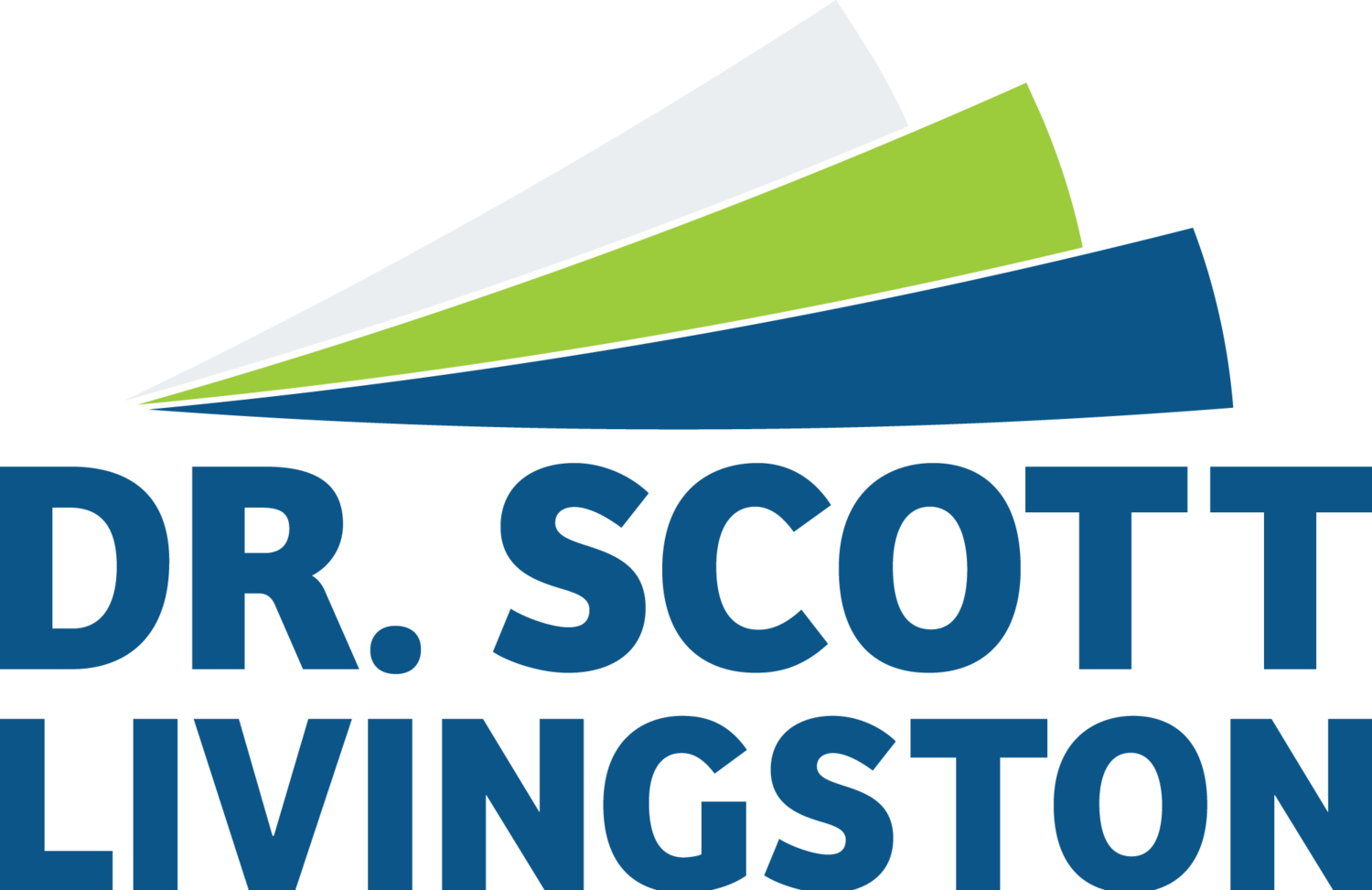Last week’s blog post was really cathartic for me. I wrote a reflection on 2018 from the work I had done with clients and the kinds of big picture things I was noticing. If you haven’t seen it yet you can take a look here.
One of the things I have been observing is how important relational empathy is becoming in organizations.
Clarifying Question
After that post, I got an email from a reader that pushed back on the idea of needing more relational empathy. The point this person was making was that they had a job to do, and it was their job to “stay in their lane” and represent sales. That if marketing had a problem, well, that was up to them to solve.
I have to admit, I used to think this way as well. When our organizations were silos of departments and functional expertise was valued over anything else, this “stay in your lane” mentality ruled.
But I would argue that our world is changing too fast to keep this line of thinking.
I am finishing a book now by Pulitzer Prize winning author, Thomas Friedman, titled Thank You For Being Late. Friedman spends a lot of time unpacking the idea of Moore’s Law, which is really more of an observation from the technology world-the expectation that the power of microchips would double roughly every two years-giving exponential growth to computing power.
The silo organization is dead. Individuals working in teams is the only way to achieve success.
Last week in my blog I wrote this about Relational Empathy:
I don’t know if this is a symptom of our political climate or not, but people have become so polar. They have an idea or a framework for how the world should be and they stick to it no matter how silly it makes them look. Maybe this is a natural outcome of divisions of labor, where those trained in finance wear finance glasses and only see the world through finance. Or, how those who are trained and educated in marketing only see the world through a marketing lens. As leaders we seem to have lost the skill of trying to understand where the other person is coming from, and, even more important, what it is like to be them. We are so concerned with our own selfish ambition and desires that we have lost sight of the perspective of other ways of seeing and doing.
Relational
Let me unpack the relational part of this concept.
Maureen O’Hara from the Center for Studies of the Person writes of two distinct frameworks for thinking about the self. There is the Western view that sees the self as ego-centric. This is an individualistic, self-centered perspective.
There is also a pre-European (i.e. India or Mexico) view that sees the self as socio-centric. The person is seen as participating in the world around them.
O’Hara gives a great example by observing the family.
Those from the West, when they speak of family, will often say that they “have a family”. Note the possessiveness.
Those from the pre-European perspective say that they “belong to a family.” Notice the inclusiveness.
Most of the readers of this blog are from a Western perspective of the self. So, when it comes to relationships, we think in terms of possessing or “having friends” as opposed to “belonging to” a friend group.
To be relational, leaders need to have the ability to establish and maintain mutually satisfying relationships that have both “give” and “take” where compassion and trust are expressed in both word and deed.
Empathy
According to American psychologist Carl Rogers, "The state of empathy or being empathetic is to perceive the internal from of reference of another with accuracy, and with the emotional components and meaning which pertain thereto, as if one were the other person, but without ever losing the “as if” condition.”
This means that as a leader you are aware of and sense the emotion (disappointment, hurt, rejection) of someone on your team AND you perceive this emotion just like they do without losing the awareness that it is “AS IF” you were disappointed, hurt, or rejected. This is what differentiates empathy and sympathy.
Relational Empathy
Relational empathy is about establishing and maintaining mutually satisfying relationships “AS IF” you were the other person. One of the best examples of a leader having relational empathy that I have seen in a long time is in a book by Ben Horowitz titled The Hard Thing About Hard Things. The story is on page 47 if you get a copy of the book.
Allow me to paraphrase:
Ben is the CEO of a tech company in Silicon Valley and had bought a small technology company in North Carolina, Tangram. During the deal, the CEO of Tangram, John, started experiencing headaches. In addition, as part of the purchase, John would not be joining Ben’s company. Turns out, John had brain cancer and since he was not joining the new company would not have health insurance, as it was ruled a pre-existing condition. Ben did not owe John anything and the cost to the company for COBRA was over $200,000. Ben’s company was in no financial shape to be merciful. Bottom line, this was not Ben’s problem.
Ben’s company was in a fight for its life, but then, Ben realized, so was John.
So Ben decided to pay for John’s health cost. “We will find the money elsewhere in the budget,” he said.
John died 15 months later.
Ben reflects, “I guess I did it because i knew what desperation felt like.”
Now that is relational empathy!





















